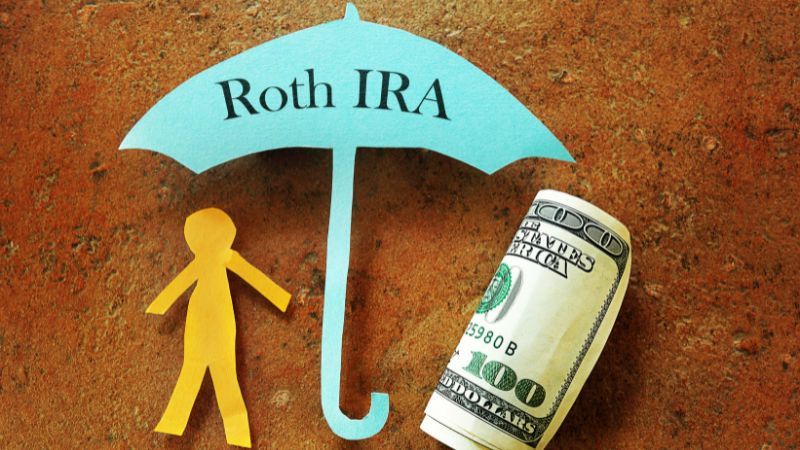Clarifying the SECURE Act 2.0 Roth Catch-Up Contribution Extension
Clarifying the SECURE Act 2.0 Roth Catch-Up Contribution Extension
While, the IRS’ announcement last month provides significant compliance relief for processing catch-up contributions as after-tax “Roth” contributions, the focus now for plan sponsors should be on proper implementation of the guidance. IRS Notice 2023-62 established a two-year administrative extension window for plan sponsors to delay their implementation of mandated changes required by the SECURE 2.0 Act of 2022 until January 1, 2026. It also clarified that the IRS will allow catch-up contributions to continue to be made under pre-SECURE 2.0 law for plan years starting in 2024.
The IRS took this action to address a drafting mistake in Section 603 of SECURE 2.0 that technically eliminated all catch-up contributions by accidentally deleting IRC Section 402(g)(1)(C). Legislators have indicated Congress intends to resolve this error with a future technical correction.
This extension was welcomed by the defined contribution retirement plan community, which had previously voiced concerns about having insufficient time to update their systems to implement the provision. Section 603 of SECURE 2.0 had originally required catch-up contributions made to a qualified retirement plan — such as 401(k), 403(b), or 457(b) plans — by higher income employees (who earned $145,000 or more in the prior year) to be made on a Roth basis beginning January 1, 2024. Despite the recent extension, additional clarification is needed for plan administrators, sponsors, and other key stakeholders to fully understand their regulatory burden.
Execution Challenges
The new so-called “Rothification” rules had generated numerous questions from key retirement plan industry stakeholders, including large employers. There were also requests for additional implementation time as well as for more detailed and clarifying regulatory guidance. For instance, the ERISA Industry Committee (ERIC) published an open letter in July 2023 that cited a number of administrative hurdles for implementation and the need for transition relief.
One concern cited was the new $145,000 income limit imposed on Roth catch-up contributions. Because it is a brand-new threshold (and not part of any existing qualified plan rule or requirement), implementation would require plan sponsors to coordinate closely with their payroll administrators, recordkeepers, and other service providers to make the necessary system updates. The new income limit is also anticipated to have a significant trickle-down impact on both sponsor and provider systems and processes.
Plan sponsors also need to develop and roll out communication of the changes to employees, which requires IRS guidance that had not yet been provided. As ERIC’s open letter indicated, the industry had concerns that starting implementation before the issuance of IRS guidance could result in costly re-work. Additionally, employers whose plans do not currently allow for Roth plan contributions faced a dilemma as to whether to eliminate catch-up contributions entirely (at least, until they were able to implement a Roth program) or attempt to quickly implement a Roth option.
Welcome Relief
The IRS notice provides a two-year administrative transition period during which qualified retirement plans offering catch-up contributions will be treated as satisfying the new rules in Section 414(v)(7)(A) even if the contributions are not designated as Roth contributions throughout the transition period (or until December 31, 2025). Additionally, a plan that does not currently provide for any designated Roth contributions will still be treated as satisfying the new requirements.
The notice also identifies some topics for expected future regulatory guidance, including the following proposed IRS positions on important open questions:
- Higher-income employees with no FICA income in the preceding year would not be subject to the requirements of the new catch-up rules.
- Plan sponsors may treat higher-income earners’ pre-tax, catch-up contributions elections as default Roth catch-up elections when they become subject to the mandatory Roth catch-up treatment.
- For plans maintained by more than one employer, the preceding calendar year wages for an eligible participant would not be aggregated with wages from another participating employer for purposes of determining whether the participant’s income meets the $145,000 threshold.
Insight: Use Extension to Evaluate Next Steps
The “Rothification” catch-up extension provides plan sponsors and retirement plan industry with valuable time to evaluate the many legislative changes in SECURE 2.0 and strategically plan for implementation.

